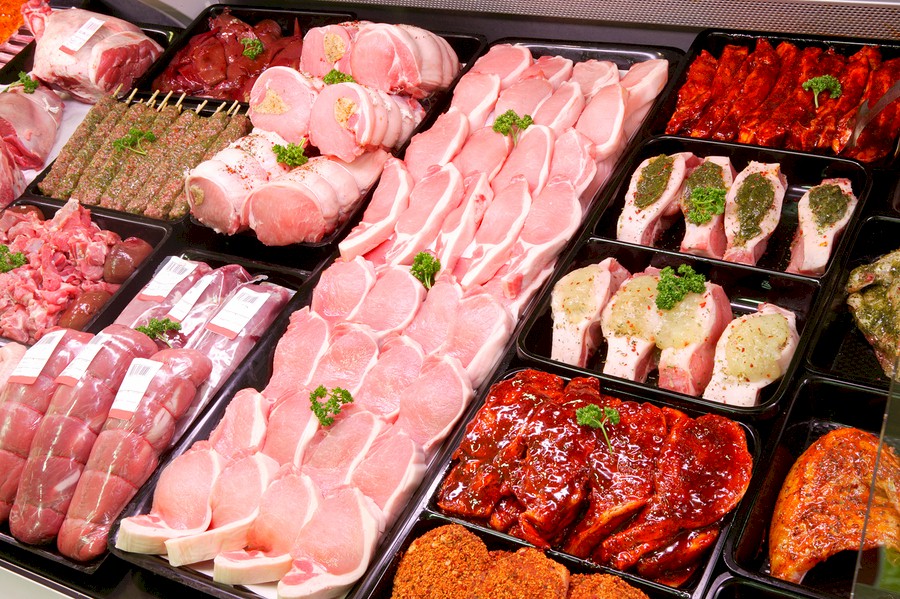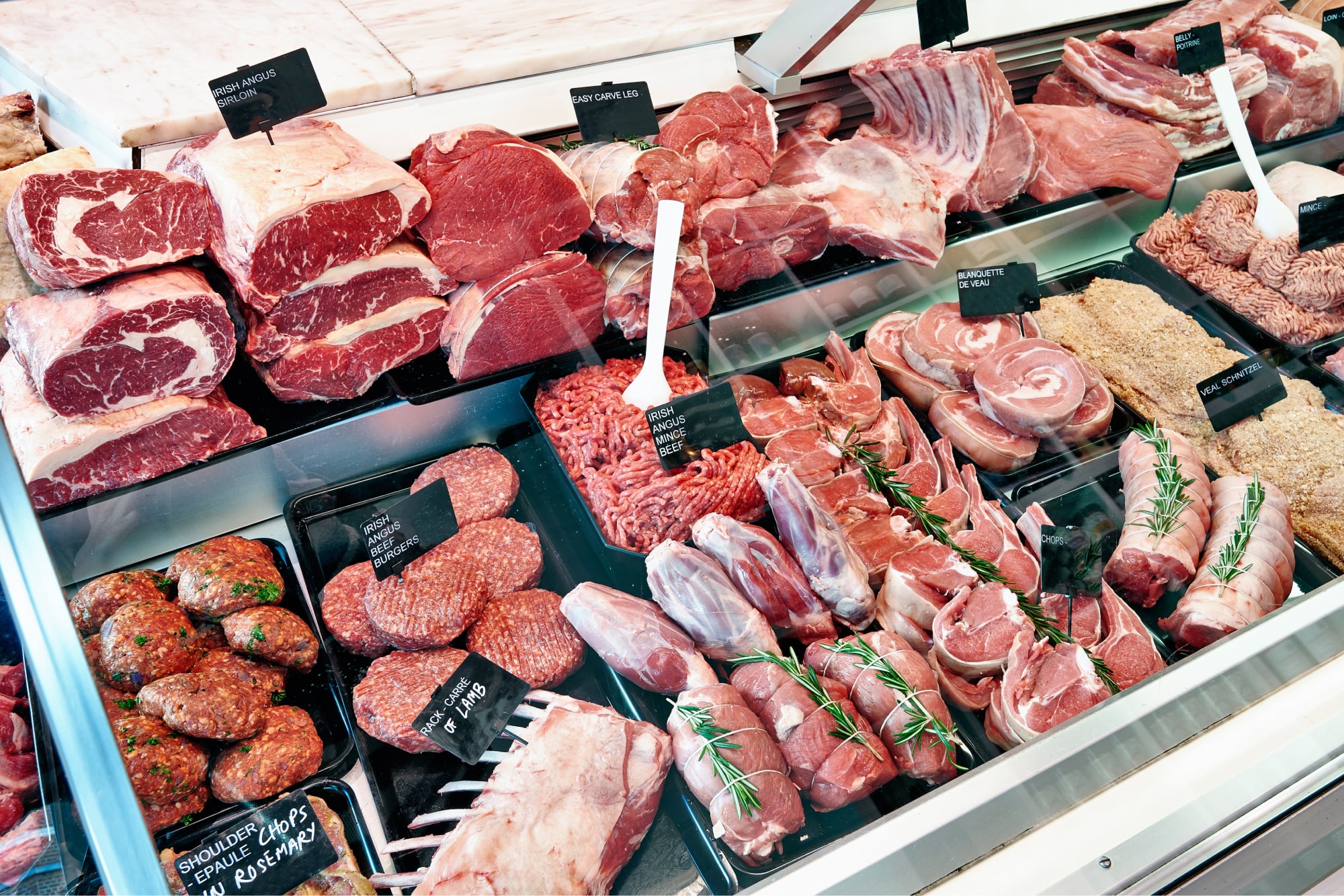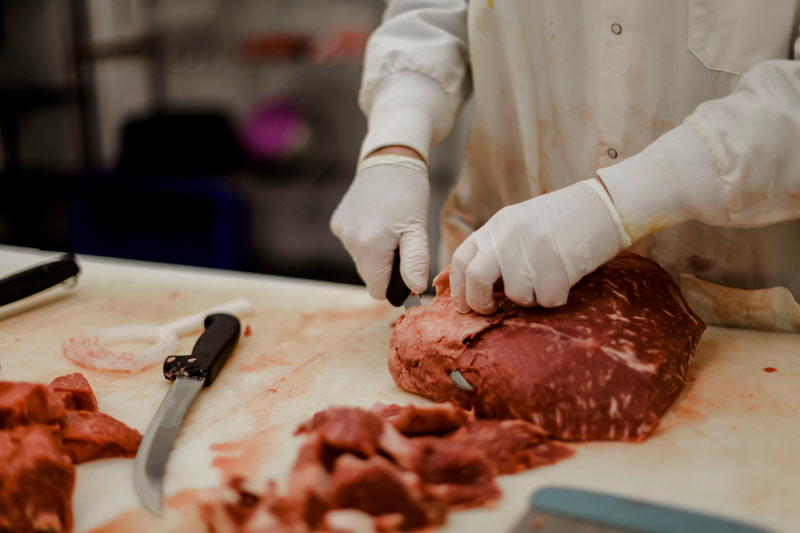Elevate Your Meals with Bagley Farms Meat Market: Crafting Culinary Delights Since Inception
Wiki Article
From Ranch to Table: Accepting the Practice of Meat Markets and Butcheries
In a period controlled by comfort and mass production, there exists a peaceful change taking area in the cooking world - a return to the roots of food sourcing via the custom of meat markets and butcheries. These facilities, typically forgotten in the darkness of supermarkets, are experiencing a resurgence as critical customers look for quality, traceability, and a connection to the beginnings of their food.The Revival of Meat Markets
The revival of meat markets across different communities suggests a shift towards a renewed gratitude for locally sourced, quality meats. In recent times, customers have actually become extra mindful of the origins of their food, bring about a growing need for transparency and sustainability in the meat sector. This pattern has led the way for the rebirth of standard meat markets and butcheries, where customers can straight connect with knowledgeable butchers and resource their meat from neighboring farms.Among the essential driving factors behind this rebirth is the wish for better and fresher items. By purchasing meat from regional markets, customers can guarantee that they are obtaining fresh cuts that have not traveled lengthy distances or been being in storage space for prolonged durations. Additionally, supporting neighborhood meat markets helps bolster the regional economic situation and promotes neighborhood links.
Moreover, the renewal of meat markets lines up with the wider activity in the direction of supporting small-scale farmers and sustainable farming methods. By picking to buy from these establishments, customers are not just obtaining far better quality meat but likewise adding to a more ecologically pleasant and honest food system.
Craftsmanship in Butcheries
With the revival of meat markets highlighting high quality and sustainability, the emphasis moves towards acknowledging the elaborate workmanship displayed in modern-day butcheries. Craftsmanship in butcheries exceeds simply reducing meat; it embodies an ingrained practice of competence and precision in managing different cuts of meat - Bagley Farms Meat Market. Butchers, usually educated for years, possess a wide range of expertise on the makeup of pets, blade skills, and the art of breaking down carcasses efficiently
In modern-day butcheries, craftsmanship appears in the way butchers meticulously source their meat, making certain high requirements of top quality and ethical techniques. They take satisfaction in comprehending the provenance of the meat they market, working closely with regional farmers and vendors to provide consumers full transparency and traceability.

Locally Sourced Meat High Quality
In the middle of the expanding interest in lasting techniques, a focus on in your area sourced meat top quality has come to be significantly prominent in the meat market industry. site Customers are increasingly seeking openness in the sourcing and production of their meat, causing a rise popular for locally increased and refined meats.In your area sourced meat supplies numerous benefits, including fresher products, support for neighborhood farmers, and decreased ecological effect due to reduced transportation ranges. By acquiring meat from nearby ranches and butcheries, customers can have more self-confidence in the top quality and safety and security of the products they are acquiring.
Moreover, locally sourced meat commonly originates from pets that have been raised in extra humane problems, with a concentrate on pet welfare and sustainable farming techniques. This moral strategy to meat manufacturing resonates with many customers that are concerned concerning the origins of their food and its influence on the setting.
Farm-to-Table Buying Experience
In the world of in your area sourced meat quality, the farm-to-table shopping experience uses customers a straight connection to the origins of their food. This special shopping experience allows customers to trace the trip of their meat, from the farm where the animals were raised to the table where it will be enjoyed. By engaging in farm-to-table shopping, individuals can gain a much click here now deeper understanding Get the facts of the farming techniques, animal welfare criteria, and sustainability efforts involved in generating their meat.
Tradition Fulfills Modern Culture


The merging of conventional meat markets and butcheries with contemporary society presents an one-of-a-kind opportunity for the conservation of artisanal practices in a modern context. While contemporary developments have changed numerous markets, the significance of traditional meat markets and butcheries continues to be deeply rooted in history and craftsmanship. This blend of practice and modernity enables the extension of time-honored methods while adapting to the requirements and choices of today's customers.
In today's hectic globe, where ease typically exceeds quality, there is an expanding appreciation for the heritage and authenticity that typical meat markets and butcheries supply. Consumers are significantly looking for transparency in the sourcing and manufacturing of their food, leading them back to the personalized solution and know-how found in these establishments. Additionally, the focus on sustainability and ethical methods straightens with the values promoted by numerous typical meat markets and butcheries, fostering a feeling of community and responsibility towards the environment.
As culture continues to advance, the coalescence of practice and modernity in meat markets and butcheries not just makes certain the preservation of artisanal methods yet additionally enriches the cooking landscape with a mix of heritage and advancement.
Final Thought
In conclusion, the custom of meat markets and butcheries is experiencing a rebirth in modern society. These establishments use in your area sourced meat of high top quality, giving a farm-to-table shopping experience for consumers.In an era dominated by comfort and mass manufacturing, there exists a silent transformation taking location in the cooking world - a return to the origins of food sourcing through the custom of meat markets and butcheries.The rebirth of meat markets throughout various neighborhoods suggests a shift in the direction of a renewed gratitude for locally sourced, high quality meats.With the resurgence of meat markets stressing quality and sustainability, the focus changes towards recognizing the detailed workmanship presented in modern-day butcheries. Craftsmanship in butcheries goes past just reducing meat; it personifies a deep-rooted custom of experience and accuracy in taking care of various cuts of meat.In today's busy world, where ease often outdoes top quality, there is an expanding appreciation for the heritage and credibility that traditional meat markets and butcheries use.
Report this wiki page